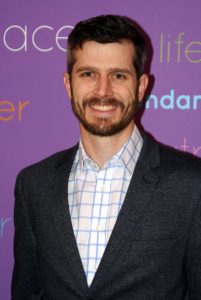What is the difference between Chiropractic and ABC™
As written by Stuart Murray of Spirohealth
I thought it prudent to cover a few points about what we study in a Masters degree in Chiropractic vs what we do as a ABC™ practitioners.
It is a 6-year Masters course, in South Africa (where I studied. Some of the bigger curriculum covered are Anatomy, Physiology, Pathology, Nutrition, Auxiliary Therapeutics, Psychopathology, Diagnostics and Chiropractic Principles and Practice, Radiography. Check the handbook out here
On qualification an honorary title of Doctor of Chiropractic is bestowed to us. I am a Doctor of Chiropractic, not a Medical Doctor, if I wanted to do medicine I would have.
In this journey through University I was taught how test motion of joints and find out if they were not moving as they should be, it’s called Motion Palpation. Once a segment of the spine or extremities was identified as having reduced range of motion, we would then use a specific adjustment to free the joint and allow it to move correctly. Simple.
Now what is not commonly known, is that there are in excess of 200 techniques. We use ABC™, theprinciple is also very simple but also explains the complexity of human bodies and how they work. We work with one basic axiom, bones stuck forward in the spine cannot self correct, as they have no muscle or group of muscles to pull them backwards. So then the body will compensate for those areas that it cant fix, this compensation for the bone stuck forward is normally where the pain is found and also the range of motion and muscles in the compensation area are dysfunctional. This is what I would have adjusted had I stuck to what I was taught in University (with mixed results). I have found that when we can find the primary problem, then the compensation are can let go. It happens quicker in some people than others, but it works with a very high level of success.
So in summary:
Chiropractic as I was taught: Use all diagnostic techniques (orthopaedic and neurologic) find the area of pain, test Range of motion in that area, apply an adjustment and other muscle work techniques to loosen it up and restore function. (Mixed results) ABC™: Use Synch test (what we do behind your head) to find bones that are stuck forward in a position the body can’t fix, let the body release the compensation (much more consistent and longer term results)




